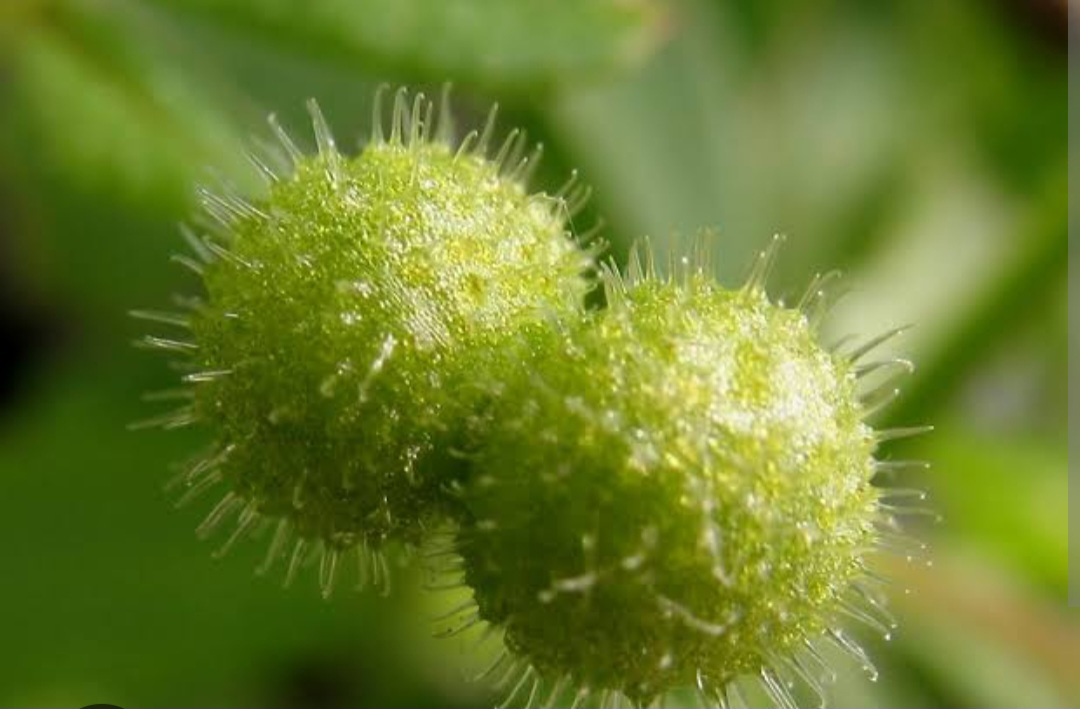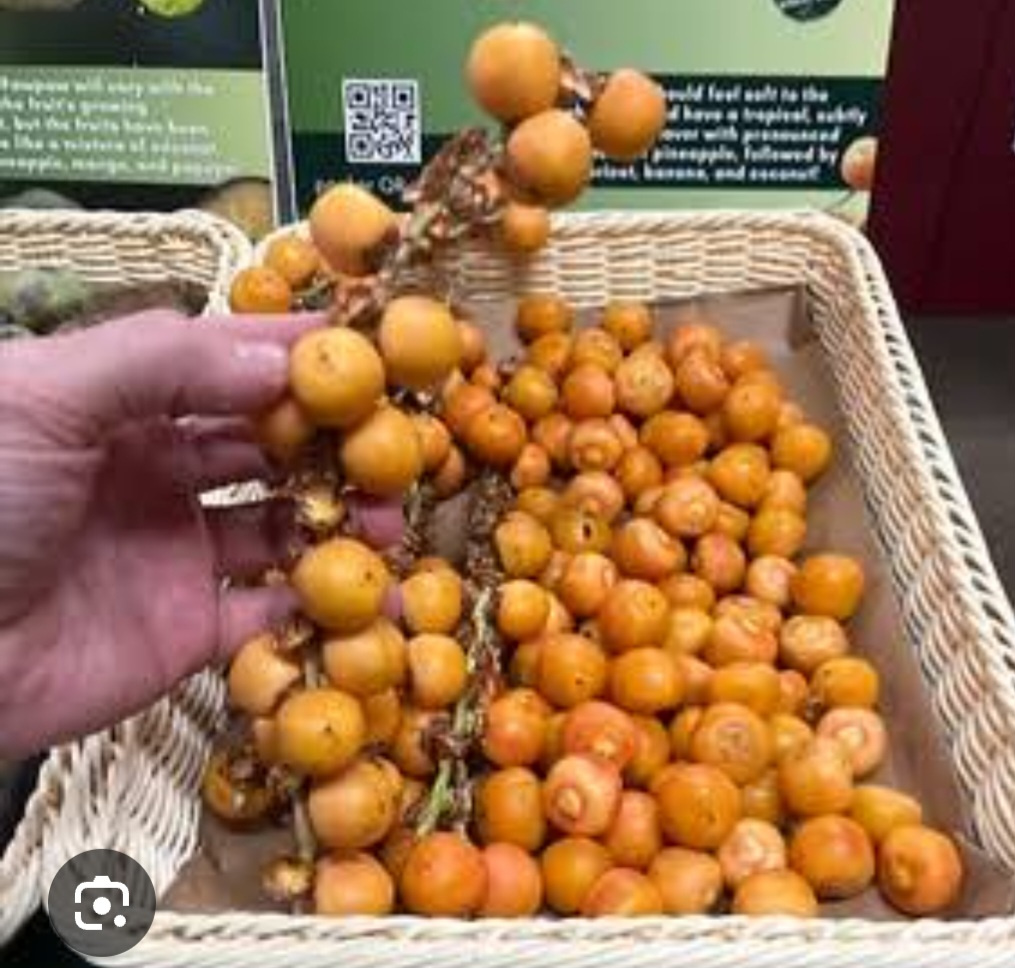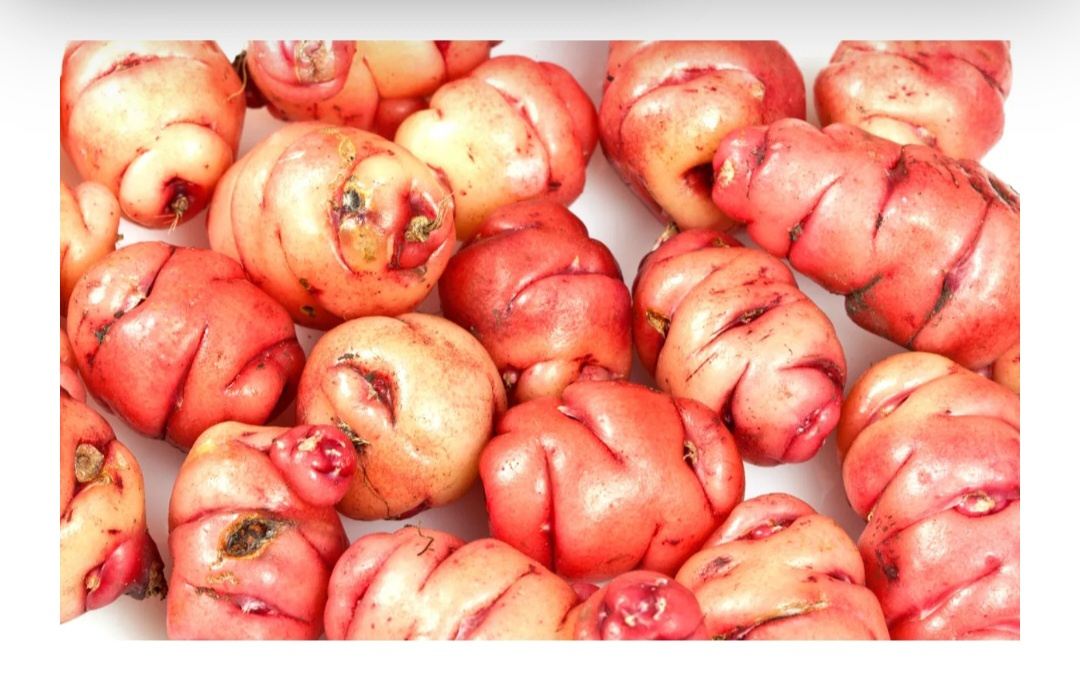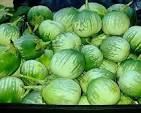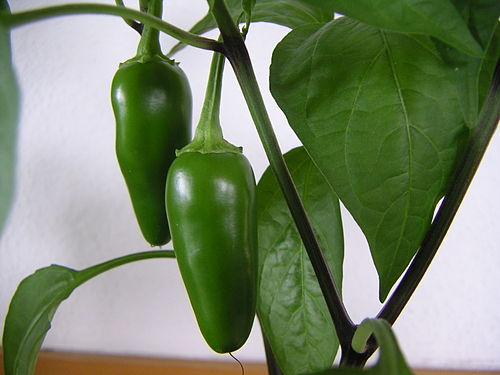Name a Fruit or Veggie A to Z
Replies
-
That's right, Judith. Durian fruit stinks! But it is supposed to taste wonderful. I have not tried it and most stores won't stock it as it smells, but it is available sometimes at fruit stalls here.
G - Galium fruit, with common names including cleavers, clivers, catchweed, robin-run-the-hedge, goosegrass, and sticky willy, is an annual, herbaceous plant of the family Rubiaceae.
Cleavers are annuals with creeping straggling stems which branch and grow along the ground and over other plants. They attach themselves with the small hooked hairs which grow out of the stems and leaves. The stems can reach up to 1.2 metres (4 ft) tall,[9] and are angular or square shaped.[10] The leaves are simple, narrowly oblanceolate to linear, and borne in whorls of six to eight.[10][11][12]
Cleavers have tiny, star-shaped, white to greenish flowers, which emerge from early spring to summer. The flowers are clustered in groups of two or three, and are borne out of the leaf axils.[13] The corolla bears 4 petals.[14] The globular fruits are burrs which grow one to three seeds clustered together; they are covered with hooked hairs which cling to animal fur and human clothing, aiding in seed dispersal.[13]
Galium aparine is edible. The leaves and stems of the plant can be cooked as a leaf vegetable if gathered before the fruits harden.[9]
However, the numerous small hooks which cover the plant and give it its clinging nature can make it less palatable if eaten raw.[27][28]
Cleavers are in the same family as coffee. The fruits of cleavers have often been dried and roasted, and then used as a coffee substitute which contains less caffeine.[10][29]
1 -
Very interesting Susan. They are pretty but eating raw might be difficult to chew for sure.
H - Horned Melon, also known as Kiwano. With its wild, spiky exterior and bright green, jelly-like inside, the Horned Melon looks like something from another planet! It tastes like a mix of cucumber, zucchini, and banana and is super fun to eat. Plus, it’s full of water and vitamins, making it a quirky, healthy treat.
1 -
Thank you Susan, glad you liked my post on the Durian Fruit, in light of its bad odour it’s mostly likely best to be sold at an outdoor fruit stand.
Thanks for sharing the post and explaining the Glalium Fruit with pictures.
Linda, Thanks for the Horned Melon picture: haven’t heard of that fruit before…
I- Ice-Berg 🥬 Lettuce
0 -
You're welcome, Judith. Linda, now I will be looking for Horned Melon!
J - Jelly Palm.
This palm grows up to 8m (exceptionally 10m). It has feather palm pinnate leaves that arch inwards towards a thick stout trunk.
In Minas Gerais, it flowers from May to July[6] and is in fruit from November to February.[5] Ripe fruit are about the size of large cherry, and yellowish/orange in color, but can also include a blush towards the tip.
The fruits are locally harvested from the wild between November and February to make juices, liquor, marmalades and ice-cream. The fruit has orange, sometimes red, skin. The pulp is bright orange, highly aromatic, somewhat oily, and quite fibrous. The pulp can be frozen for industrial production. In the north of Minas Gerais state, B. capitata juice has been added to some public school lunches.[5]
An oil can be extracted from the nuts which is quite similar to coconut oil.[5]
1 -
K-kale
1 -
L Lemoncello (lemon flavoured syrup)
1 -
M - Mustard
0 -
N- Navy Beans
0 -
O - Oca
An alternative to regular potatoes and yams. It's not a fruit, but rather a starchy winter vegetable. This perennial South American tuber, also known as uqa, has a slightly tangy flavor, and similar to potatoes, is crunchy when raw and starchier when boiled or baked.
1 -
P - Pine nuts in salads
1 -
Q- Quinoa
0 -
R- Red Banana
Has anyone had a Red Banana before?
0 -
I have not eaten a red banana. I looked it up and it said that they are sweet like a yellow one with a slight raspberry taste. It sounds delicious.
S - Sauerkraut
1 -
T - tangerine
1 -
U- Udupi Mattu Gulla Brinjal,
It is also known as Mattu Gulla, is a specific variety of eggplant (also called brinjal) grown in the Udupi region of Karnataka, India. It's notable for its unique, sweet flavor and distinctive shape, and is widely used in Udupi cuisine. Mattu Gulla is a seasonal vegetable, typically grown after the monsoon season.0 -
V - Vermicelli melon
Another name for Spaghetti Squash.
1 -
W- Waxed Yellow Beans
0 -
X - Xing Zi (“Apricot” in Chinese)
1 -
Y - Yams
1 -
Z- Zucchini
0 -
A - Ashoka fruit
Ashoka fruits are flat, oblong pods, often referred to as broad beans, that develop from the Ashoka tree (Saraca indica or Saraca asoca). These pods typically contain multiple seeds inside. They are a woody, leathery fruit, with a length of about 12-20 cm and a width of around 5 cm.
1 -
B - Beets
1 -
C-Carrots
0 -
D - Dill
1 -
E - Eggplant
1 -
F- Fennel
0 -
G- Grapefruit
0 -
H - Horseradish
1 -
I - Imbe
These tropical fruits are native to Africa. They are also a rare fruit because of how picky they are about growing conditions. However, once they are established, they are drought tolerant and will continue to grow regardless of ongoing conditions. Imbe is also known as Lowveld, Mangosteen, Mutumbi, Mpekechu, and Wild Mangosteen.
The fruits are sweet and tart and are known for having an overall rich flavor. They can be eaten raw, but also turned into jams, or blended into ice creams. (Google)
1 -
J- Jalapeño Peppers
A mature jalapeño chili is 5–10 cm (2–4 in) long and 25–38 mm (1–1+1⁄2 in) wide, and hangs down from the plant. The pungencyof jalapeño peppers varies, but is usually between 4,000 and 8,500 units on the Scoville scale.
Commonly picked and consumed while still green, it is occasionally allowed to fully ripen and turn red, orange, or yellow. It is wider and generally milder than the similar Serrano pepper.
0

